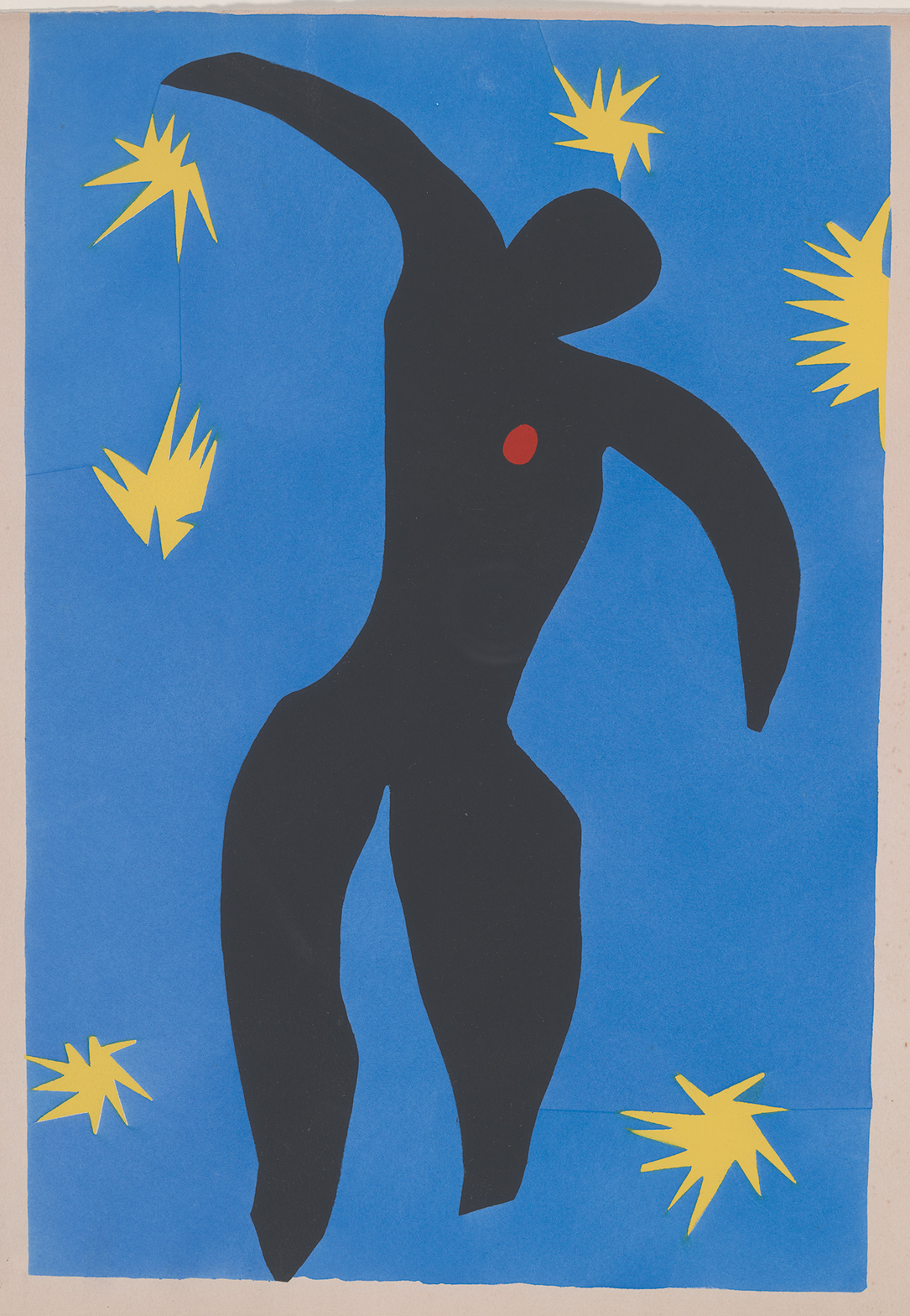In response to:
Which Matisse Do You Choose? from the May 12, 2016 issue
To the Editors:
Jed Perl cloaks his dismissal of the art historical and critical work of Yve-Alain Bois with a caution about the straitjacket of systematic discourse, which he believes must close off the work in question to the “accidents, coincidences, escapades…even outright mistakes” in the practice of a given artist [“Which Matisse Do You Choose?,” NYR, May 12]. He goes on to demonstrate the reliance on system in Bois’s work on Matisse, Kelly, and the contemporary art informed by the writer Georges Bataille (“Formless”). In his masterly essay on aesthetics, “Music Discomposed,” Stanley Cavell speaks of great criticism as insisting on asking “why the thing is as it is, and characteristically…put[ting] this question, for example, in the form ‘Why does Shakespeare follow the murder of Duncan with a scene which begins with the sound of knocking?’ [a question Mallarmé devoted an essay to]… The best critic is the one who knows best where to ask this question, and how to get an answer” (Must We Mean What We Say?, p. 182).
Surely getting an answer and even being moved to ask the question requires an intuition of the system out of which such an effect is precipitated. If in his “Matisse and ‘Arche-drawing’” Bois is impelled to ask why Matisse could control line (particularly in his drawings of the 1930s) in such a way that the flat page between those contours seems to distend itself toward the viewer with an uncanny effulgence, he is asking why drawing can produce the luminosity of color. Of course, the writer who has never had this visual experience will overlook the imperiousness of this question and accuse the one who poses it as simply relying on system. Jed Perl is such a writer, and his insouciant disregard for the many instances of Bois’s posing of the question why—for example why Ellsworth Kelly revolted “against…a European tradition of utopian or idealist compositional strategies”—betrays his own difficulty in making the relevant distinction between one artist’s strategy and another’s.
In the interests of full disclosure, I am the colleague with whom Bois has collaborated, in our exhibition “L’Informe: Mode d’Emploi”; in our journal October; and in the textbook Art Since 1900 (Thames and Hudson). I only hope my own work finds the right places to ask and find the answers to why? as effectively as does Yve-Alain Bois.
Rosalind Krauss
University Professor
Columbia University
New York City
Jed Perl replies:
Consider the key words in Rosalind Krauss’s letter: “system,” “strategy,” “practice.” This is the terminology of a person who prides herself on being a rationalist, on preferring what she conceives of as sense to what she dismisses as sensibility. But when it comes to the arts, the people who fetishize sense all too often end up talking nonsense. (Which is not, of course, to say anything against sense.)
Rosalind Krauss is right to ask “why the thing is as it is.” The trouble comes when she (or her colleague Yve-Alain Bois) attempts to answer the question. Their answers always involve, again to quote Krauss, “an intuition of the system out of which such an effect is precipitated.” But why should there always be a system involved? There is no question that both good and great artists grapple with overarching ideas of structure and procedure, and that these ideas in turn embody ideas of order (and disorder). But a strong argument can also be made that much more than some system—some structure or procedure—is involved in the creation of any work of art that holds our attention for very long. The particular quality of Michelangelo’s late figure style grows out of a mixture of Hellenistic models, Catholic piety, and homoerotic ardor that is gloriously unsystematic. The particular quality of Mondrian’s final Boogie Woogie paintings, which break with certain aspects of his own method, cannot be explained without recourse to his passionate response to the look and feel of New York—which I would not be alone in arguing is a matter not of sense but of sensibility.
Has it never occurred to Krauss and Bois that their obsession with systems is a form of academicism? Krauss herself speaks of the “intuition of the system.” Does she recognize the inherently unsystematic nature of intuition? Does she appreciate how unsystematic what she calls “visual experience” really is? Krauss believes that she and Bois begin with a visual experience and proceed to discover the system that explains the experience. My feeling is that their obsession with systems has distorted their visual experience. They only see what they want to see.
Of course (as I argued in these pages) Krauss and Bois are always happy to introduce a new system when the old one no longer serves them. They take pride in all this system-building. They look down at the rest of us, poor plebes lacking a system. But it is Krauss and Bois, with their magisterial certainties, who have lost track of the qualities that make an artist unique. They are unable to come to terms with the extraordinarily unsystematic heterogeneity of Matisse’s accomplishment. As for Yve-Alain Bois and Ellsworth Kelly, there seems some unwillingness to acknowledge the extent to which Kelly’s mingling of idealism and absurdism is an old modern idea, renewed by this remarkable artist not through system-building but through the exercise of his particular sensibility.
When it comes to interpreting the arts, intellectual seriousness demands that we accept the limits of any given system or structure. That is the lesson of Meyer Schapiro, a great student of systems and theories, who whatever his considerable interest in Marxism, Freudianism, and structuralism was ever alert to the point where his experience of the art trumped any system and sense had to give way to an exacting exercise of sensibility.




